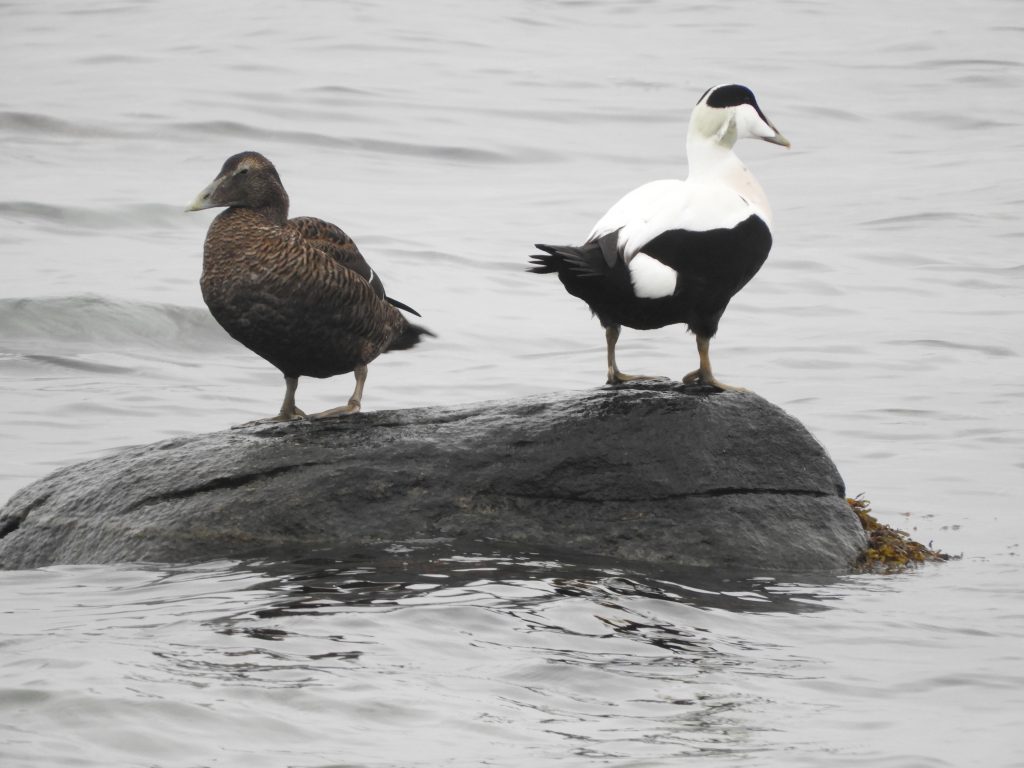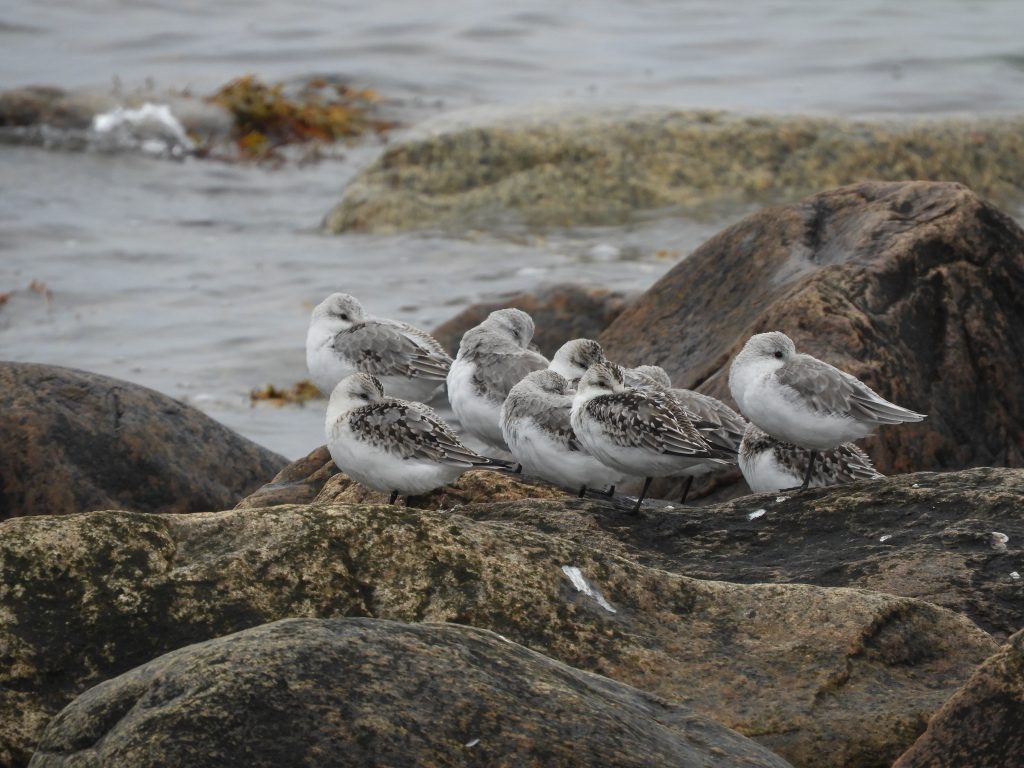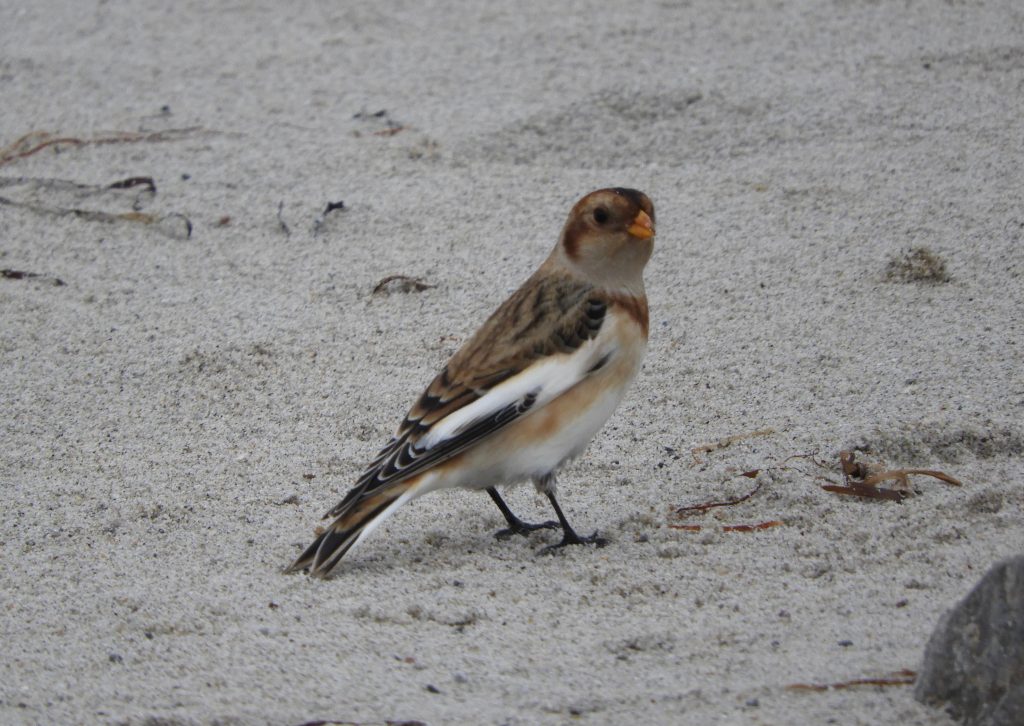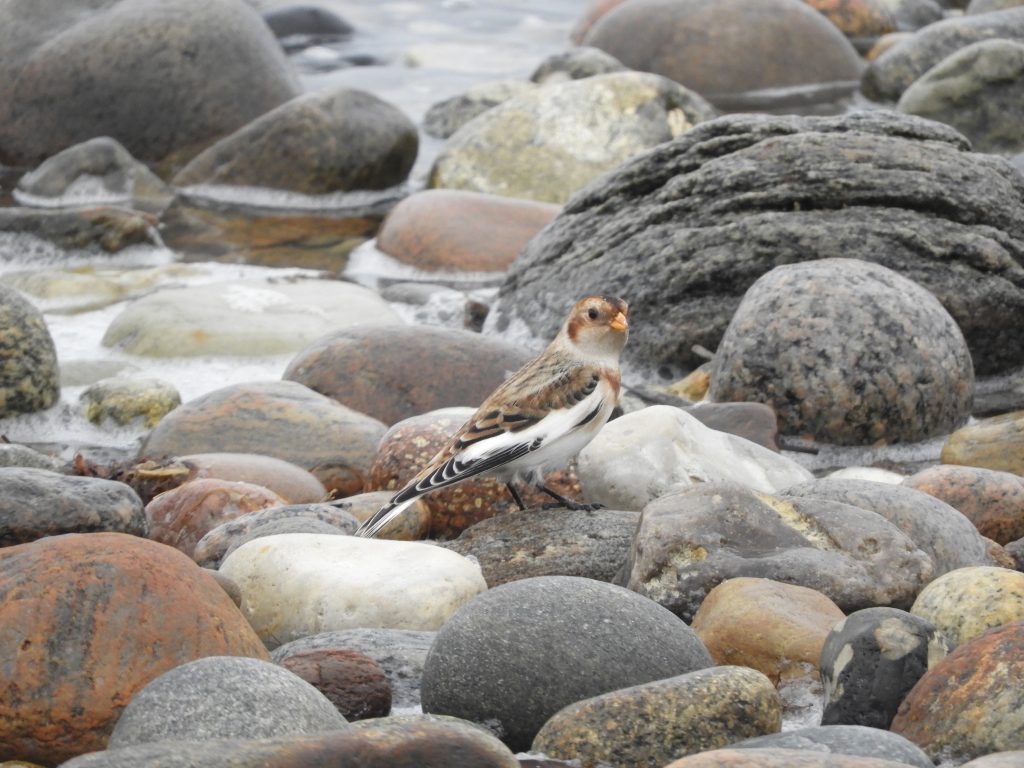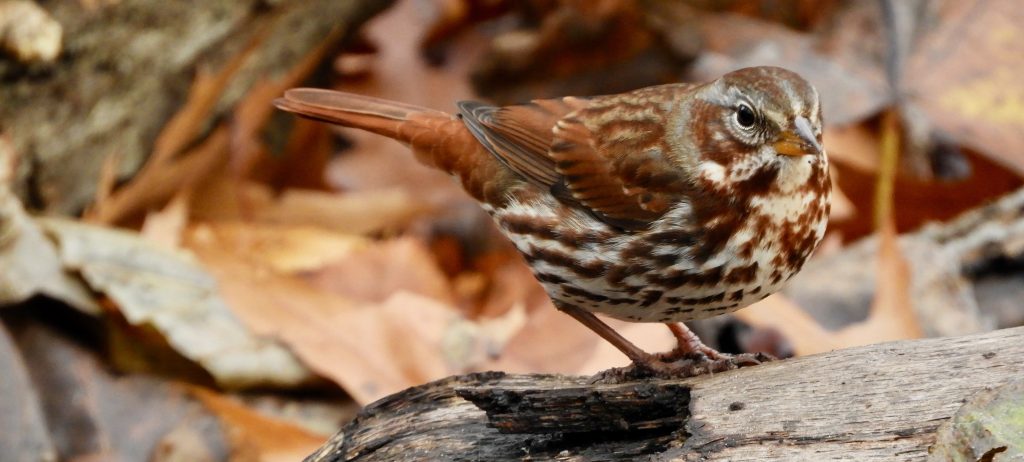 Royal Botanical Gardens. Hendrie Valley, Burlington. ON November 17 2022. If there really is an Old Man Winter, a windblown, mean-spirited soul who touches ponds with ice and scatters snow squalls, then he just paid us a visit. We woke to a thin touch of snow, a centimetre maybe, enough that you could (and I have) use its novelty to get a twelve-year-old to wake up on a school morning.
Royal Botanical Gardens. Hendrie Valley, Burlington. ON November 17 2022. If there really is an Old Man Winter, a windblown, mean-spirited soul who touches ponds with ice and scatters snow squalls, then he just paid us a visit. We woke to a thin touch of snow, a centimetre maybe, enough that you could (and I have) use its novelty to get a twelve-year-old to wake up on a school morning.
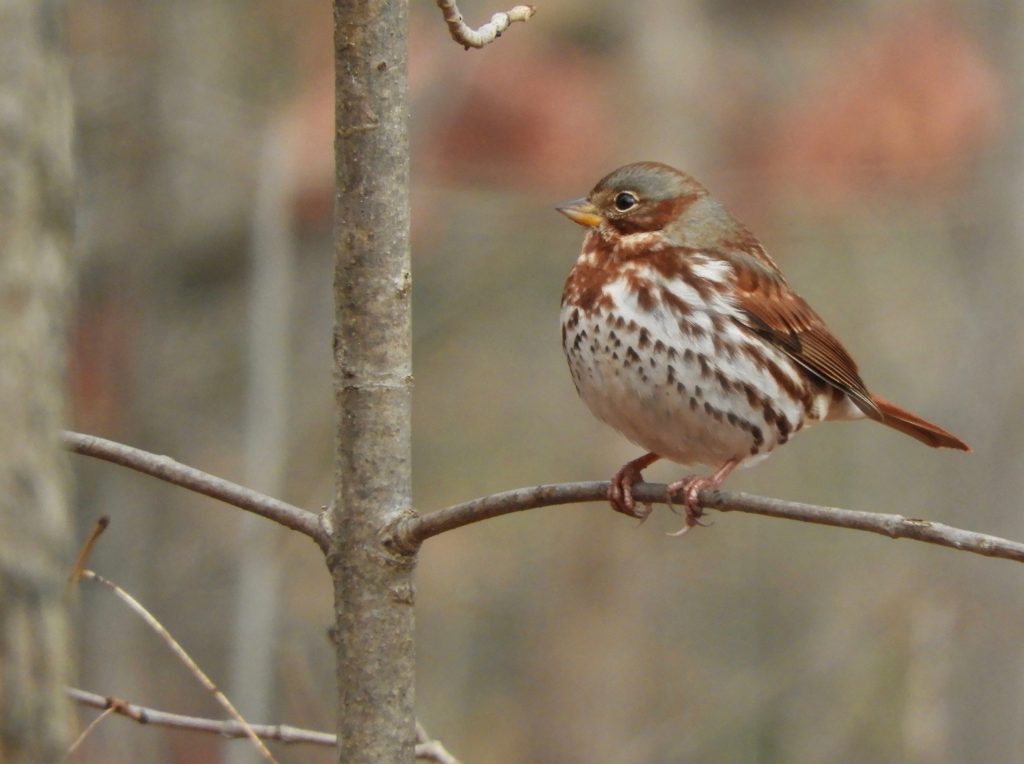
But discouraging as a touch of winter may be, it doesn’t last long in November and you can always dress for a cold day. So, I hiked the valley today, aware that species after species has paraded through and gone south, it has become all but emptied of birds.
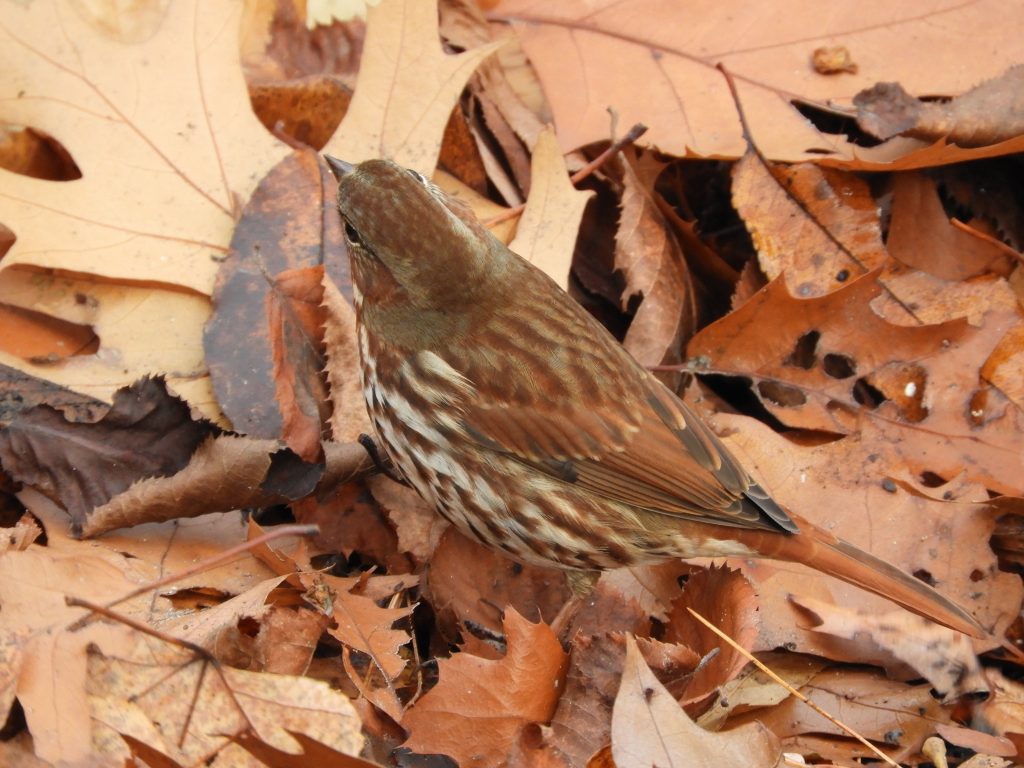
Almost last in the transients’ parade are the Fox Sparrows of October/November, and today I was surprised and pleased to come upon a group of five searching the trail-side leaf litter for food. They have a distinctive and apparently efficient jump-scratch technique for sorting the deep leaf debris, that and their foxy-red colour are what makes them so eye-catching. Where sparrows in general are brown, Fox Sparrows are a rich reddish-brown and their pale breasts are dotted with chevrons of a somewhat darker foxy red. I spent a few minutes watching and enjoying them, doubly pleased because now it was a big Fox Sparrow year for me. Just four days ago I’d spent several minutes studying another one who was busy doing that same jump-scratch search for food.
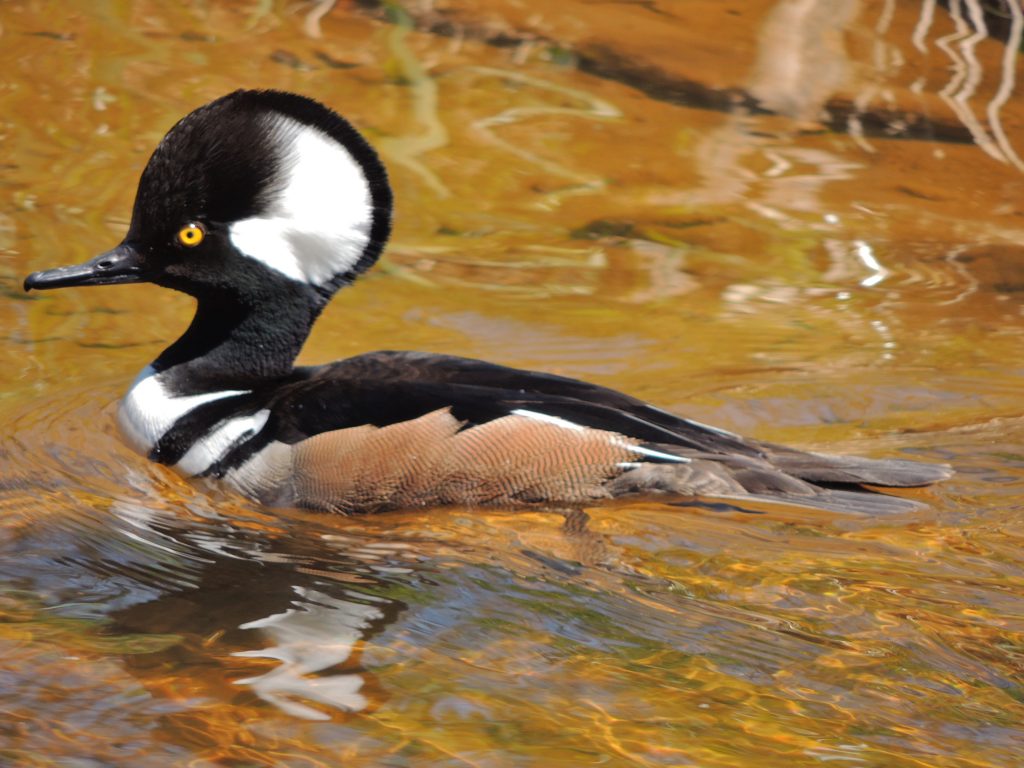
Later, as I was about to start on the home stretch, a small group of Hooded Mergansers caught my attention as they scurried away from a pond edge. I’m sure I’ve commented before that the male Hooded Merganser looks almost military in dress and style, perhaps a junior officer in a brigade of Habsburg hussars. The females by contrast are rather plain but the males take on this handsome plumage in early fall and small family groups are fairly common, you’d probably miss them if the males weren’t so conspicuous. Hooded Mergansers could have been My Birds of the Day were it not for the Fox Sparrows who won hands down.
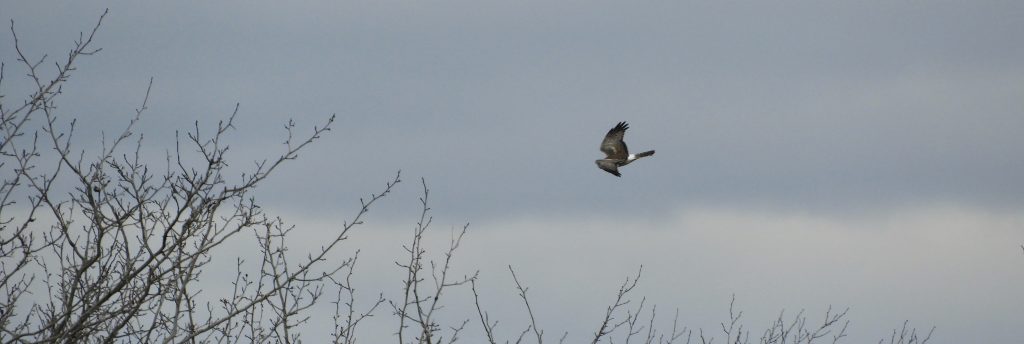 Haldimand County. ON. November 12 2022. With some trepidation I drove to a quiet country roadside where another birder said he’d had the lucky sighting of a Short-eared Owl. Trepidation because owls in daytime can attract a lot of unwelcome attention, sometimes amounting to harassment, and I was quite prepared to give it a miss if anything like a crowd seemed to be gathering. But the road was deadly quiet so, when I identified the supposed spot, I pulled to one side and scanned a large hayfield.
Haldimand County. ON. November 12 2022. With some trepidation I drove to a quiet country roadside where another birder said he’d had the lucky sighting of a Short-eared Owl. Trepidation because owls in daytime can attract a lot of unwelcome attention, sometimes amounting to harassment, and I was quite prepared to give it a miss if anything like a crowd seemed to be gathering. But the road was deadly quiet so, when I identified the supposed spot, I pulled to one side and scanned a large hayfield.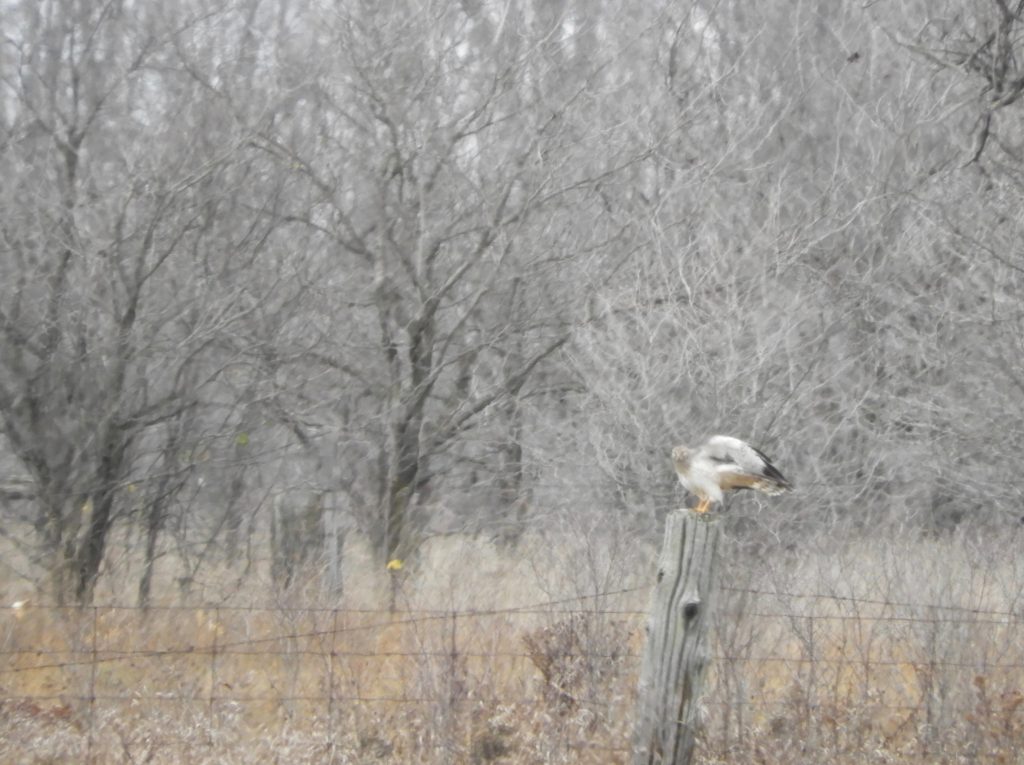
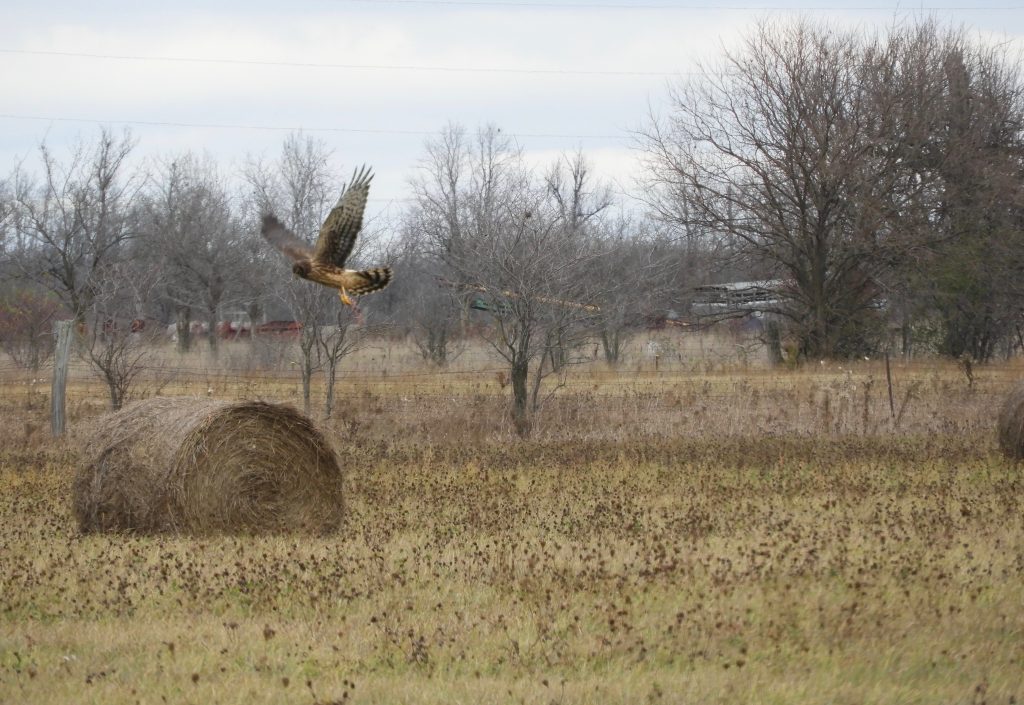
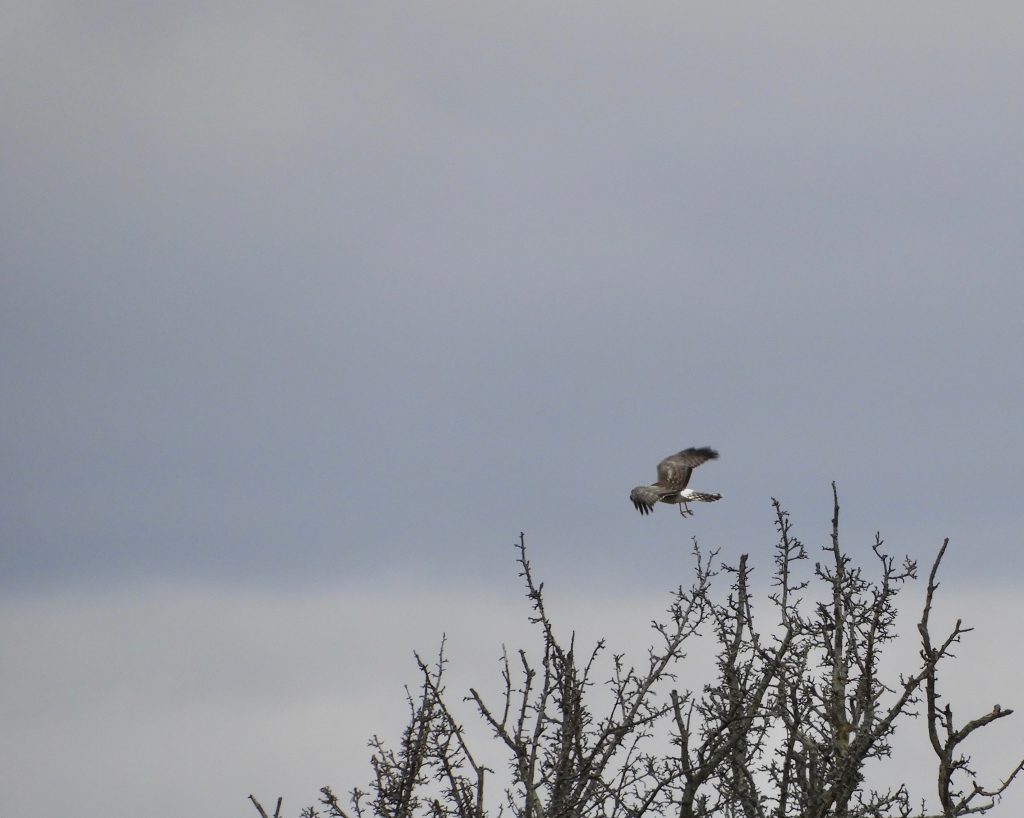 Another female appeared briefly and I was able to follow her too as she swept low over the field and eventually landed to take stock. That was harrier number three. Was this a family group? How many might there be?
Another female appeared briefly and I was able to follow her too as she swept low over the field and eventually landed to take stock. That was harrier number three. Was this a family group? How many might there be?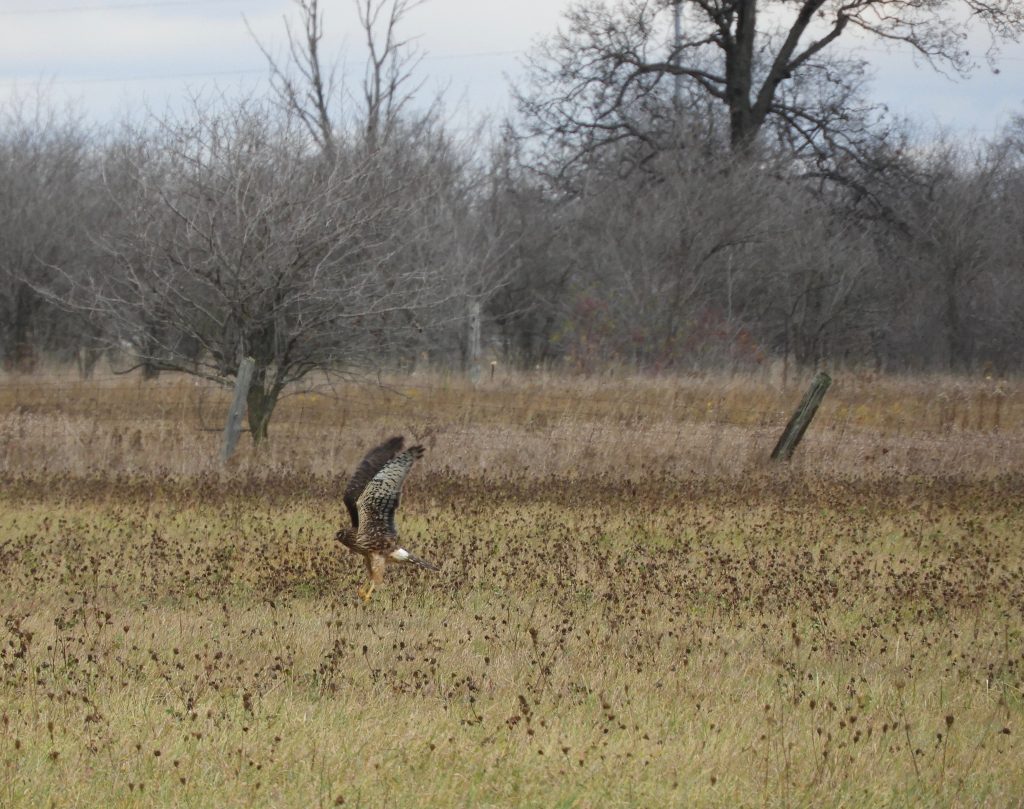
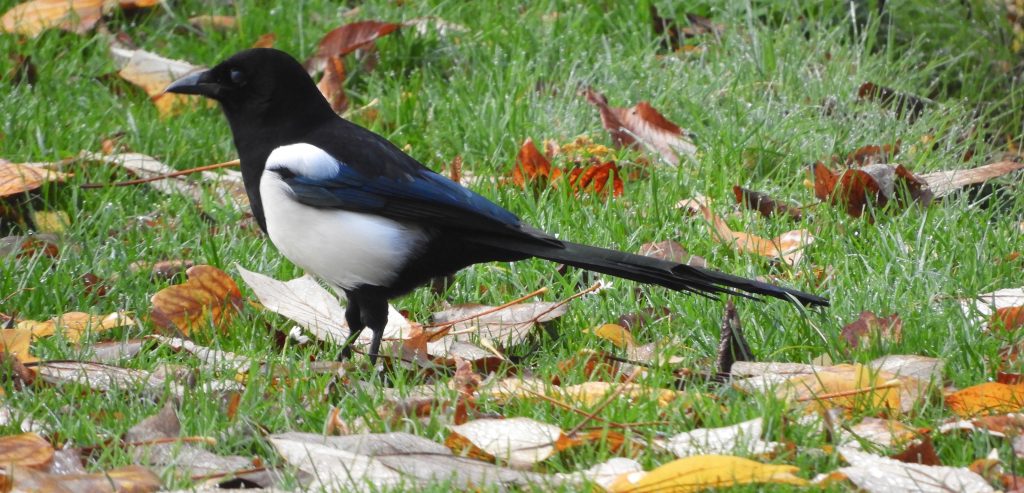 Copenhagen, Denmark. October 28 2022.
Copenhagen, Denmark. October 28 2022.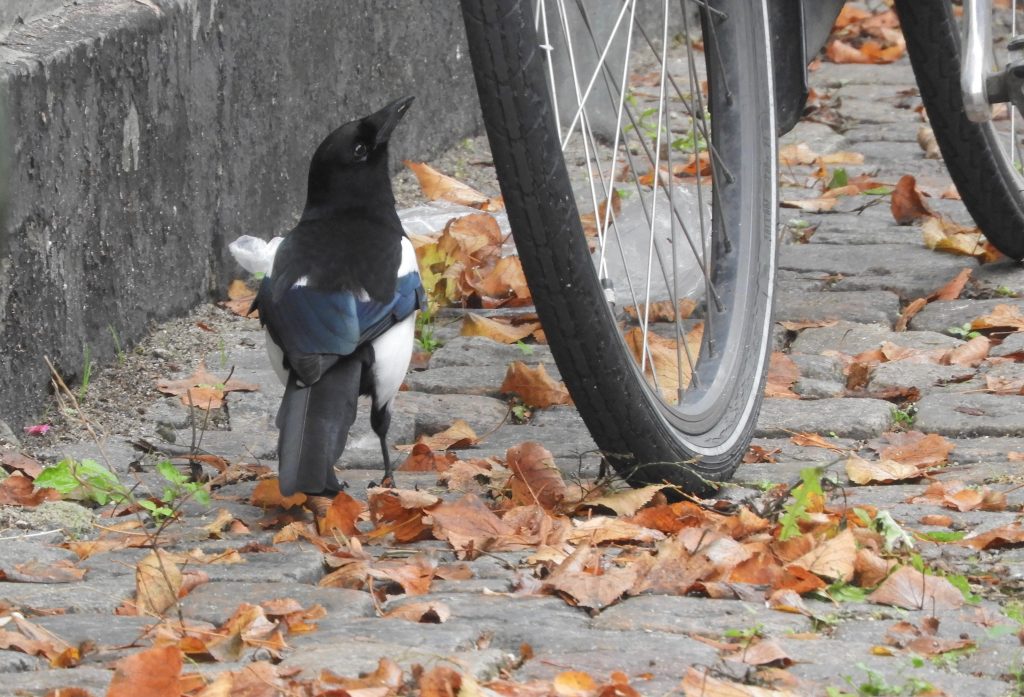
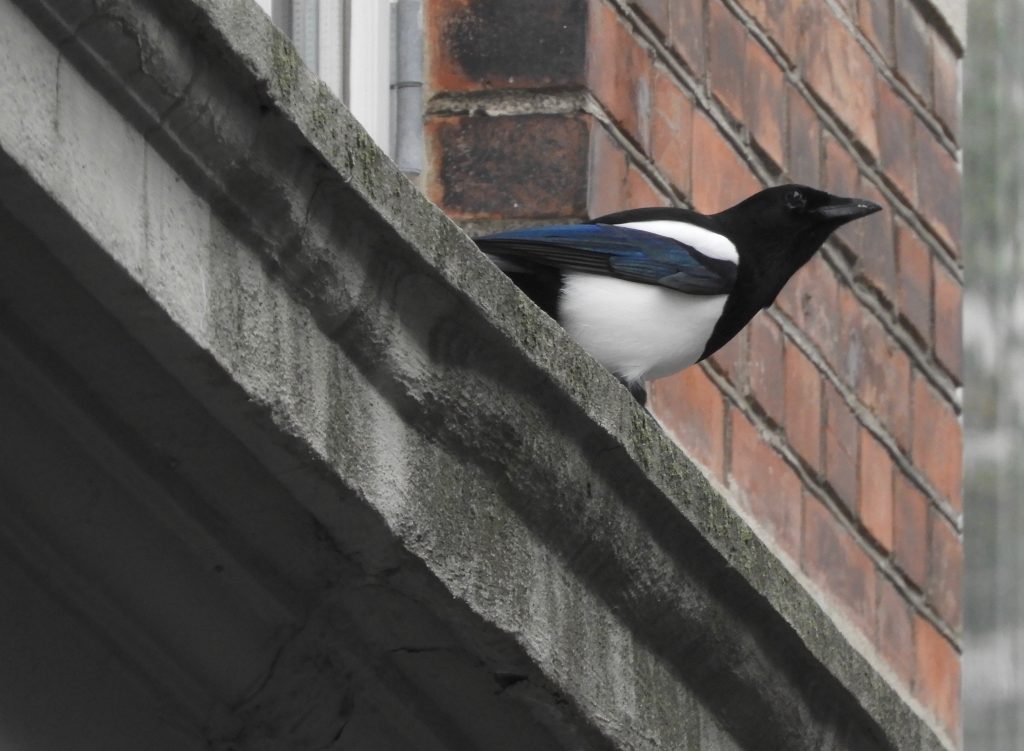
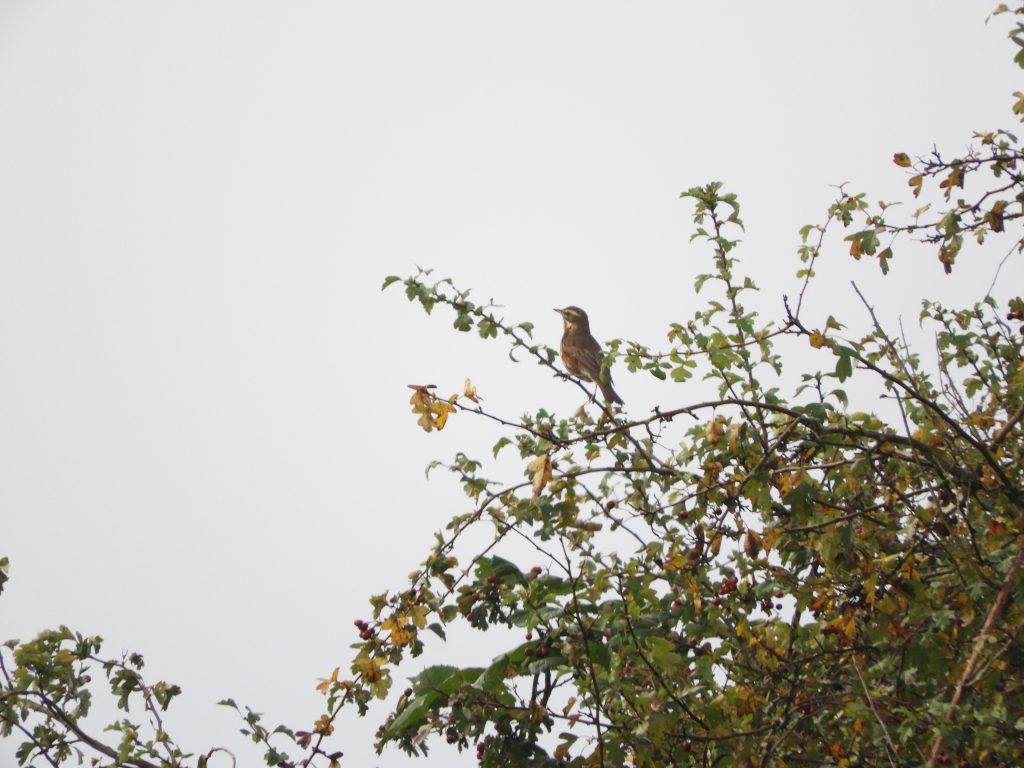
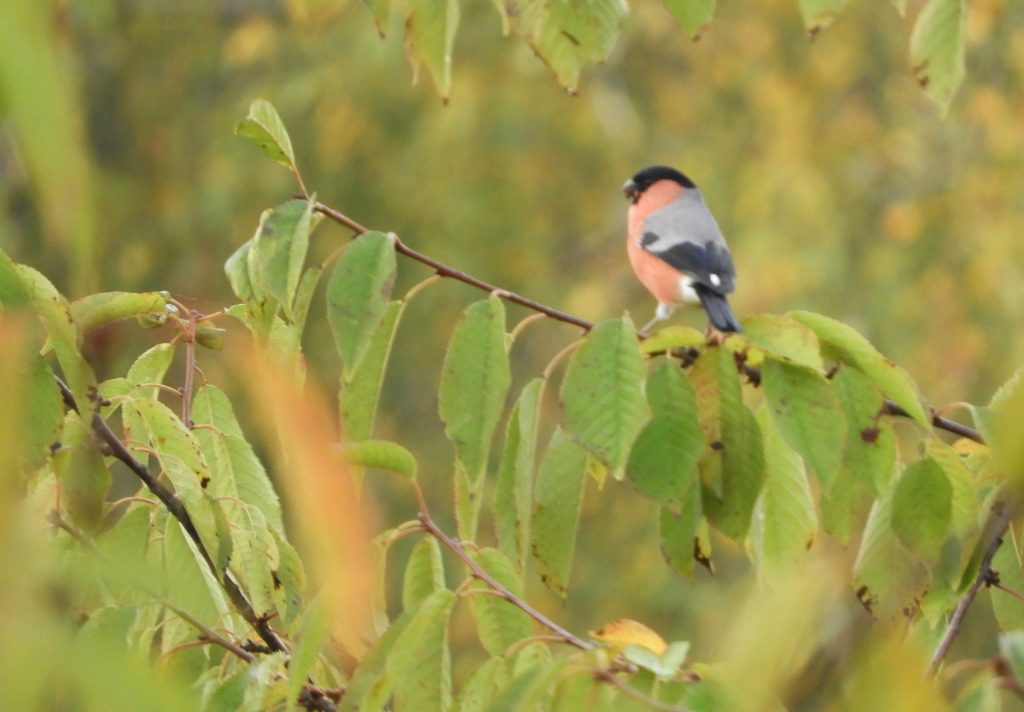
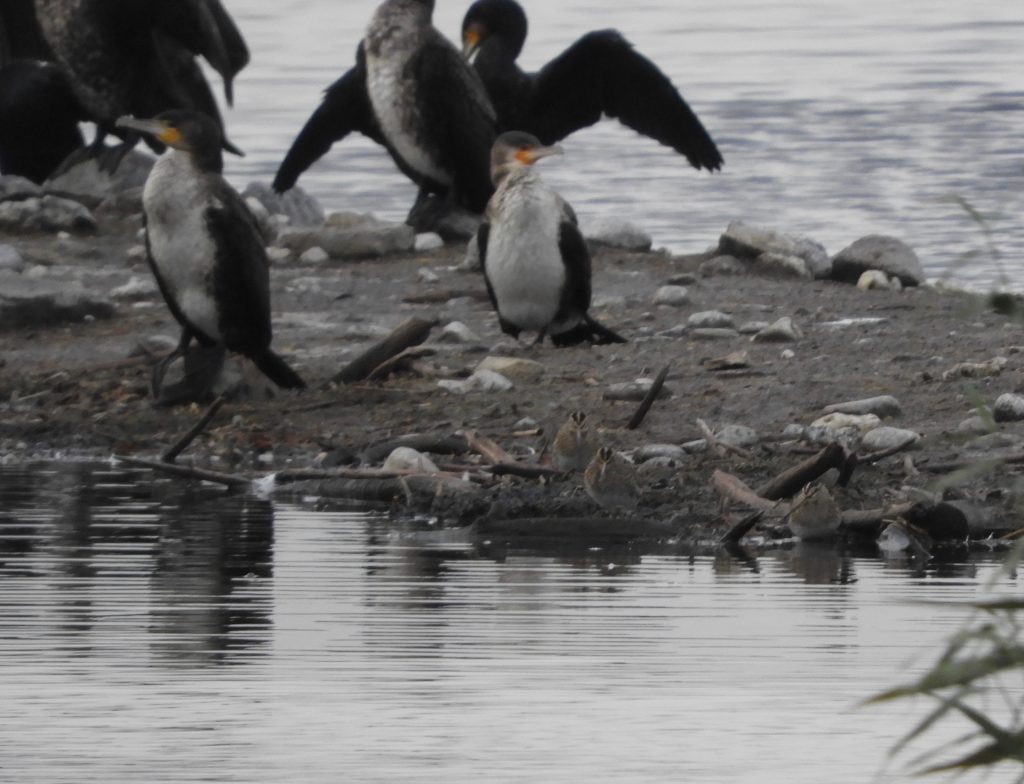
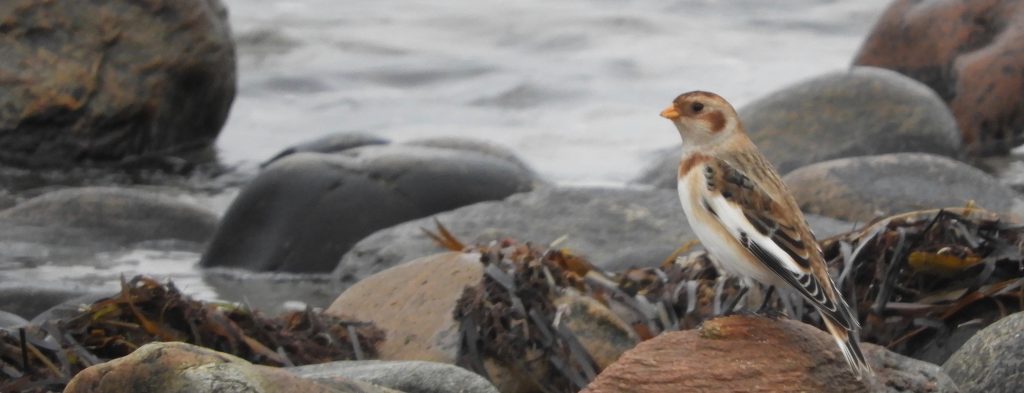 Rørvig, Denmark. October 22, 2022. Scanning the length of a long sandy beach, I could see far away a large bird resting on the biggest of a cluster of tide-washed rocks. It was large enough to be a goose but puzzling because it had a distinctly white back above a dark body and in my experience, waterfowl are more often the the other way up, dark above and white below. It was the sort of thing that needed to be investigated, but for a lot of effort; and what if it was just a farmyard escape? Such was the debate: was it was worth the time and effort to march the half kilometre or so to take a look.
Rørvig, Denmark. October 22, 2022. Scanning the length of a long sandy beach, I could see far away a large bird resting on the biggest of a cluster of tide-washed rocks. It was large enough to be a goose but puzzling because it had a distinctly white back above a dark body and in my experience, waterfowl are more often the the other way up, dark above and white below. It was the sort of thing that needed to be investigated, but for a lot of effort; and what if it was just a farmyard escape? Such was the debate: was it was worth the time and effort to march the half kilometre or so to take a look. 